Unlike other mammals we do not have a precise gestation period. Normal labour can begin anywhere between 37 and 42 weeks gestation.
How labour starts is not really fully understood. It is believed that it is determined by a complex interaction of both mother and baby’s hormones.
During this phase the cervix begins to soften, move forward and efface or ‘thin out’. You may or may not have already had a ‘show’. This is the secreting of the mucous plug, which has been inside the neck of the cervix during pregnancy as a protective barrier. This looks like a brownish or bloodstained thick mucous.
When labour begins the pains that you feel can be like a dull, period-like pain in the lower part of your tummy. Or you may experience a dull ache in your lower back and sometimes even in the top of your thighs. It’s possible to feel only one of these or all of these symptoms. Contractions do feel different from the Braxton Hicks tightening’s you may have been experiencing. They are stronger, probably irregular at this stage and they last longer. For those of you who have not experienced period pain it is like a dull ache deep in the middle to lower part of your abdomen.
Sometimes it is hard to distinguish between pre-labour (also known as spurious labour) and true labour. As a midwife we need to assess all factors, including the frequency, strength and duration of your contractions. How painful they are on a scale of 1 to 10. Is this a first pregnancy? Is baby moving as she normally does, has everything been well throughout your pregnancy, and of course your due date. If you suspect you are in labour, or even if you are unsure, the best course of action is to call your hospital or caregiver – rather than immediately rush off to hospital. Ideally you should try and spend as much time at home as you can during the early phase of labour.
If at any time your suspect your waters have broken – which may feel like a slow trickle or a gush of fluid and you may even hear or feel a ‘pop’— put on a pad, make a note of the time and the colour of the fluid and call the hospital immediately. The midwife will ask you about the colour, if the baby moving, whether you have tested positive for Group B strep and depending on your responses, may bring you into hospital. If everything is normal however, she will encourage you to stay home and call back in a couple of hours.
During labour I always encourage women to eat and drink. I probably wouldn’t recommend you eat anything too heavy but what feels right to you. It is really important to keep yourself well nourished and hydrated to sustain you for the journey ahead.
Our Products
-
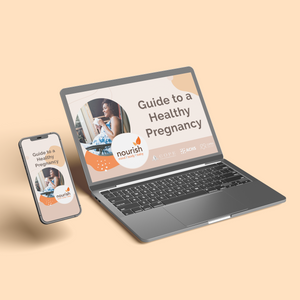
01. Guide to a Healthy Pregnancy
$55 -
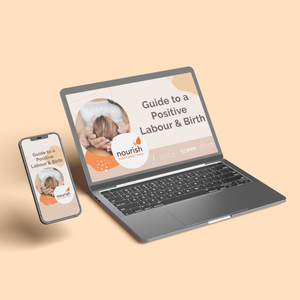
02. Positive Birthing Course
$55 -
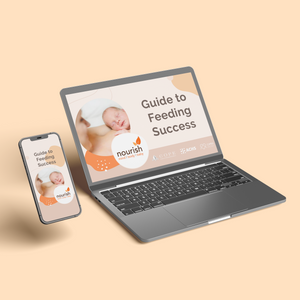
03. Infant Feeding Guide
$55 -
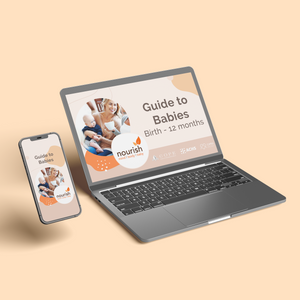
04. Baby Sleep Guide - First 12 Months
$55 -
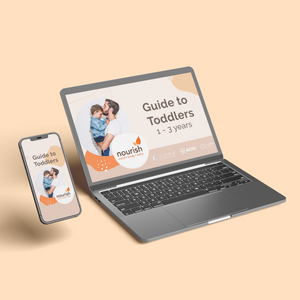
05. Toddler Parenting Course 1 - 3 Years
$55
-
 When to Start Antenatal Classes?
When to Start Antenatal Classes?
Becoming a parent is an incredible milestone, but it comes with a host of changes that can be daunting, especially for first time parents. Antenatal classes are all about offering expectant parents the education they need to make informed decisions, look after their bodies and care for their newborn babies. While you probably already have a long list of things you need to accomplish during your pregnancy, it’s a good idea to make time to attend antenatal classes.
-
 Development Milestones 4-8 Months
Development Milestones 4-8 Months
As they reach the middle of their first year, you'll start to see bigger leaps in their growth and ability!
In this article, we’re going to discuss your baby’s developmental milestones between 4-8 months, and what you can expect along the way.





 When to Start Antenatal Classes?
When to Start Antenatal Classes?
 Development Milestones 4-8 Months
Development Milestones 4-8 Months








